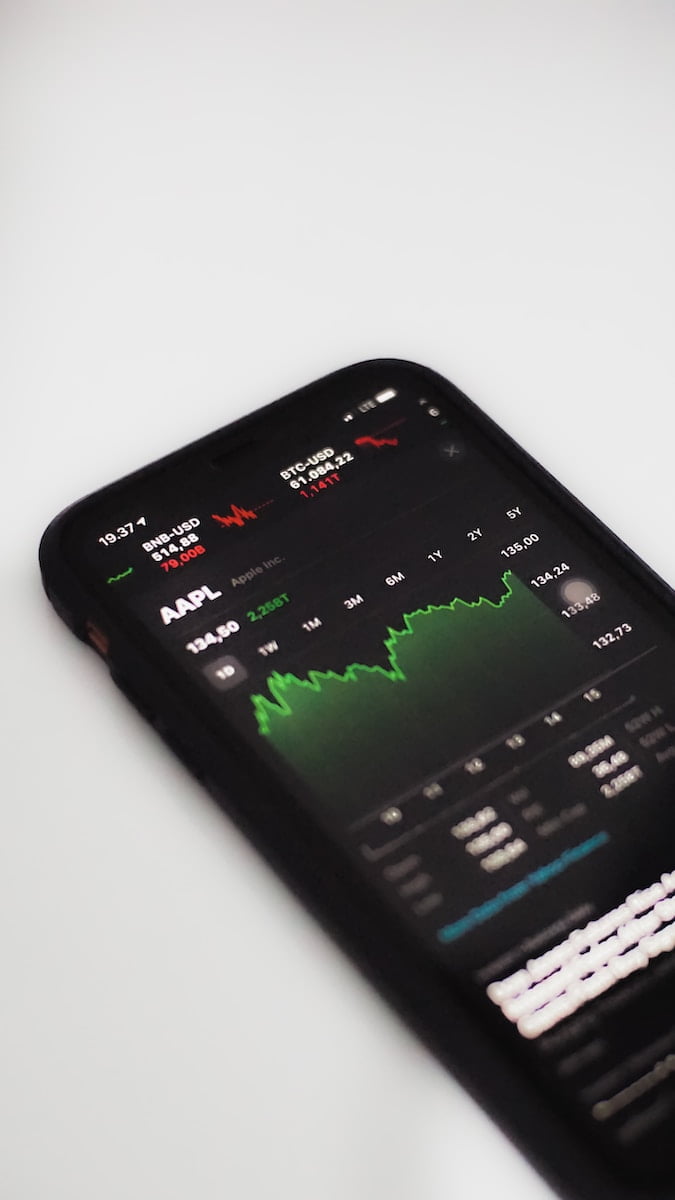The world of cryptocurrency trading has become a captivating and dynamic arena, attracting both novice and seasoned traders seeking opportunities to profit from the volatility and growth of digital assets. Crypto trading strategies have evolved alongside this burgeoning market, offering a multitude of approaches to navigate this exciting landscape. In this article, we’ll explore various crypto trading strategies and share insights on how to ride the wave of digital assets to potentially maximize your gains.
Understanding Cryptocurrency Trading
Cryptocurrency trading involves buying and selling digital assets like Bitcoin, Ethereum, and numerous altcoins on various online exchanges. Unlike traditional financial markets, crypto markets operate 24/7, allowing traders to capitalize on price fluctuations at any time.
Common Crypto Trading Strategies
HODLing: The term “HODL” originated from a misspelled word, but it has come to represent a long-term investment strategy where traders buy cryptocurrencies and hold onto them, anticipating their value to increase over time.
Day Trading: Day traders seek to profit from short-term price movements within a single day. They open and close multiple positions throughout the day to capitalize on market volatility.
Swing Trading: Swing traders aim to capture price “swings” or short-to-medium-term trends. They may hold positions for several days or weeks, attempting to profit from anticipated price changes.
Scalping: Scalpers execute a large number of small trades throughout the day, aiming to profit from minimal price fluctuations. Speed and precision are crucial in scalping.
Arbitrage: Arbitrage traders exploit price differences between different cryptocurrency exchanges. They buy on one exchange where the price is lower and sell on another where it’s higher, pocketing the price differential.
Trend Following: This strategy involves identifying and trading in the direction of established trends, whether they are bullish (upward) or bearish (downward).
Market Making: Market makers provide liquidity to the market by continuously quoting both buy and sell orders. They profit from the spread—the difference between the buying and selling prices.
Risk Management in Crypto Trading
Trading cryptocurrencies can be highly rewarding, but it also carries significant risks due to price volatility. Effective risk management is crucial for success:
Position Sizing: Determine how much of your capital to allocate to each trade, and avoid overleveraging.
Stop-Loss Orders: Set stop-loss orders to limit potential losses and protect your capital.
Diversification: Avoid putting all your funds into a single cryptocurrency or trade. Diversify your portfolio to spread risk.
Research and Analysis: Conduct thorough research and technical analysis before entering any trade.
Stay Informed: Stay updated on cryptocurrency news and events that could impact the market.
Conclusion
Cryptocurrency trading offers exciting opportunities for traders looking to profit from the digital asset revolution. However, it’s essential to choose a trading strategy that aligns with your risk tolerance, trading style, and goals. Additionally, a disciplined approach to risk management is vital to safeguard your capital in the face of crypto market volatility. By combining effective strategies with prudent risk management, you can ride the wave of digital assets with the potential to achieve your trading objectives.

+ There are no comments
Add yours